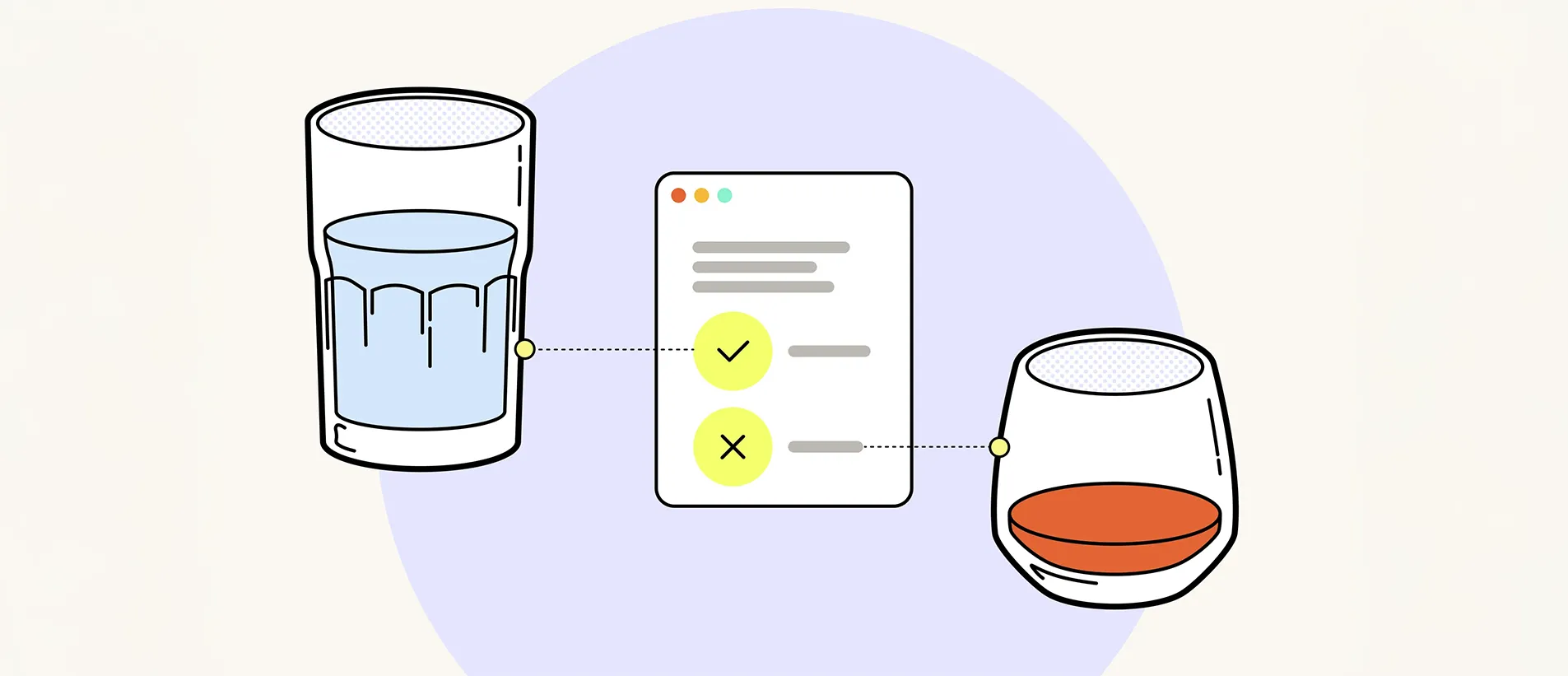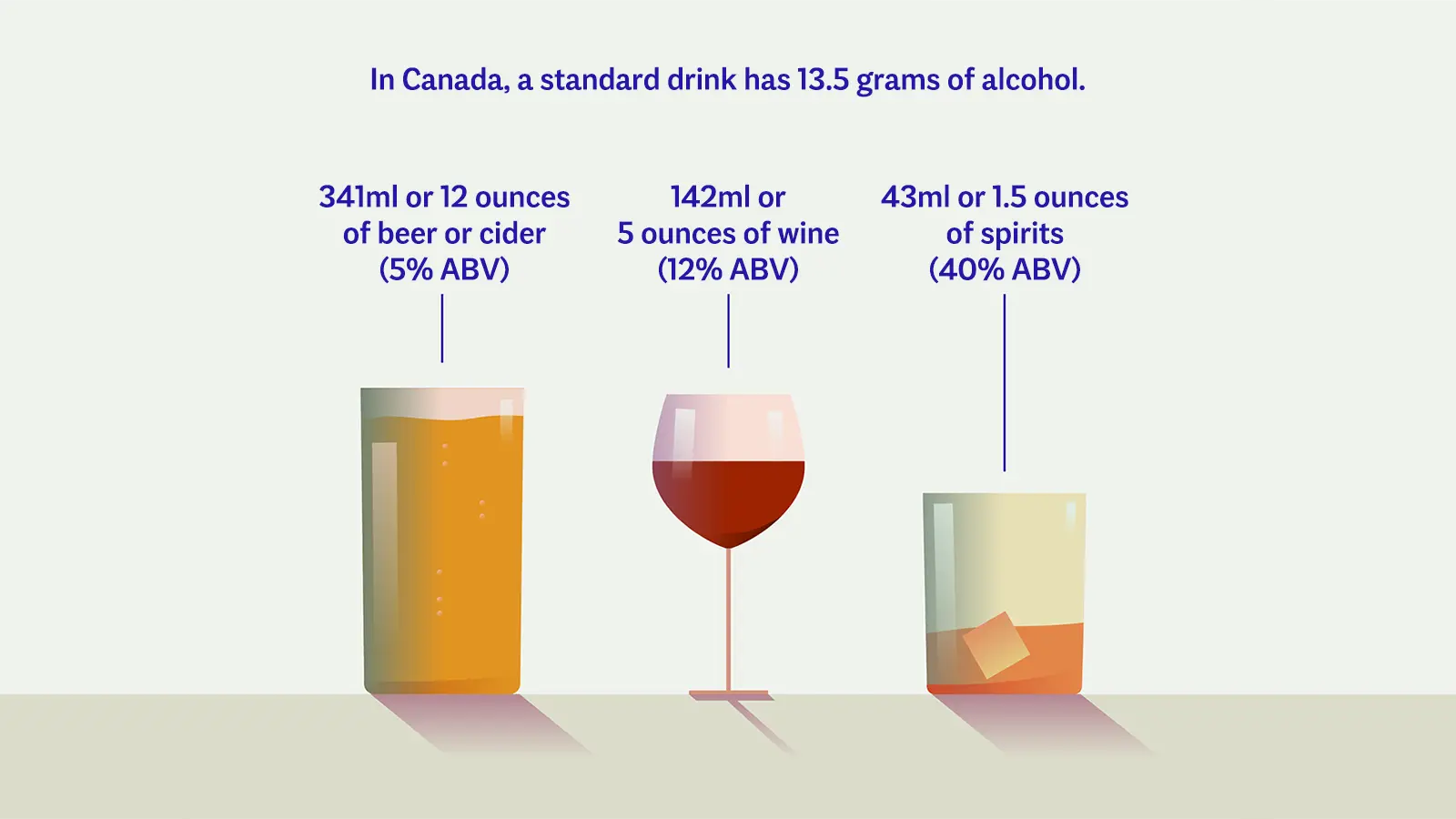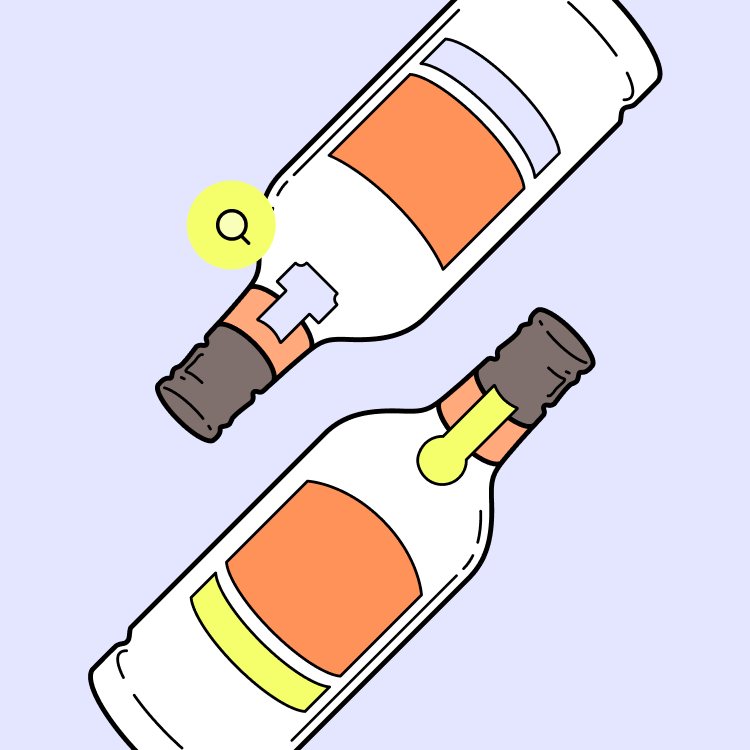How much you drink and who you are determine how drinking beer, wine or spirits can affect your health. To help adults who choose to drink make informed decisions, the governments of various countries around the world have developed drinking guidelines (1).
They consider not only how much people drink, but the differences that influence the effect alcohol can have. As individual governments approach this question in different ways, there’s no single and unified drinking guideline used everywhere around the world (1).
Drinking guidelines are often tailored to individual differences and drinking patterns
As alcohol affects men and women differently, most drinking guidelines offer specific advice depending on gender. Most recommend lower levels of alcohol for women than men, although the UK Chief Medical Officers’ Low Risk Drinking Guidelines (2) recommend no more than 14 units a week for both.







